Discovering Endemic and Interesting Species when Diving in Raja Ampat
Eager to discover a whole new world? Inhabited by rare, vivid, and intriguing critters? If so, then Raja Ampat is the dive site for you. It is here that you’ll find schooling jacks, goatfish, sharks, batfish, pygmy seahorse, barracudas, pale tailed surgeonfish, giant six banded angelfish, threadfin anthias, manta rays, groupers, batfish, fusiliers, purple anthias and more. Other interesting species endemic when Diving in Raja Ampat include:
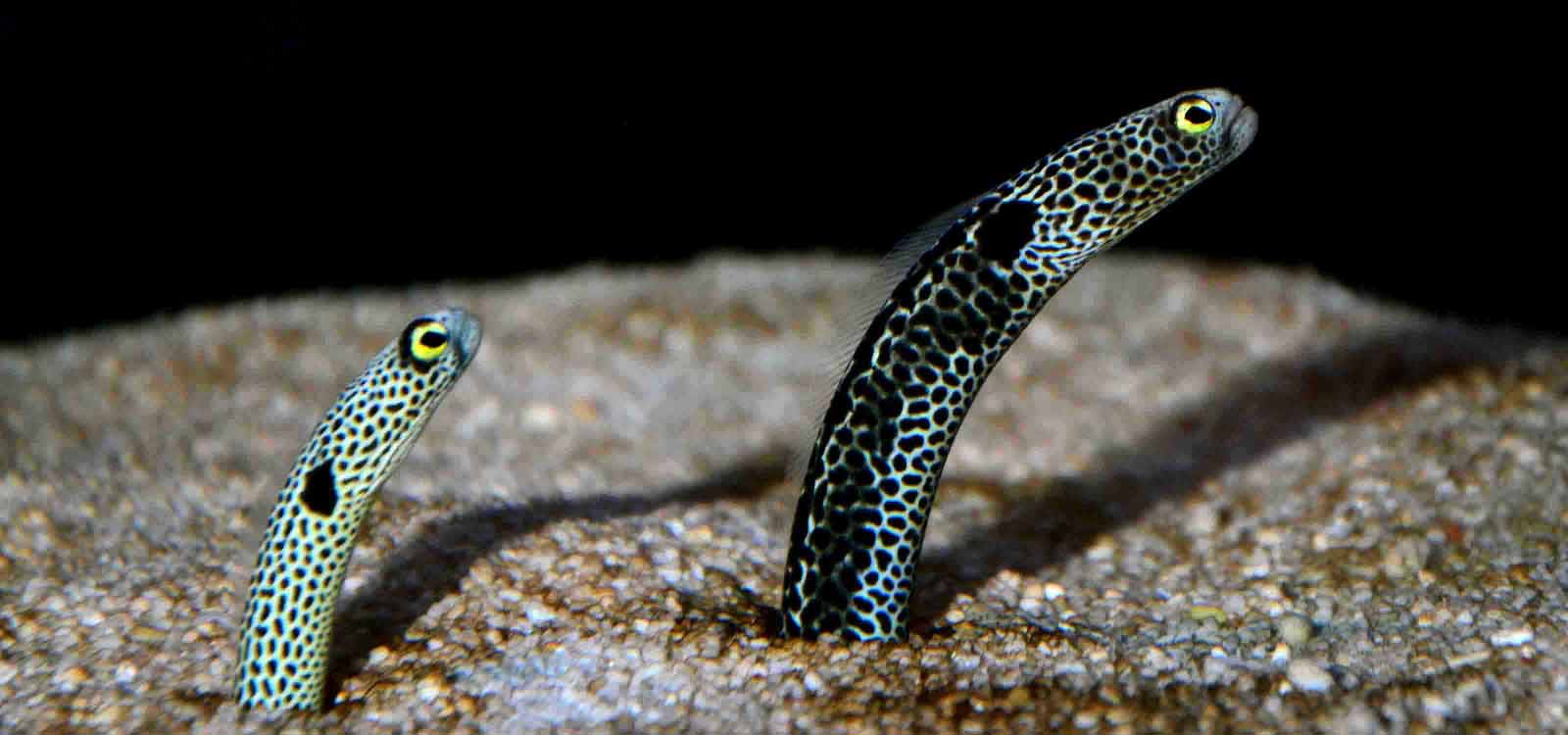
Papuan Garden Eel
The Papuan Garden Eel was discovered in these waters in the year 2010. It is a species that belongs to the Heterocongrinae. These eels live in groups, hiding in dens at the bottom of the ocean. They spend most of their time hiding their small body (up to 60cm long) in the sand.
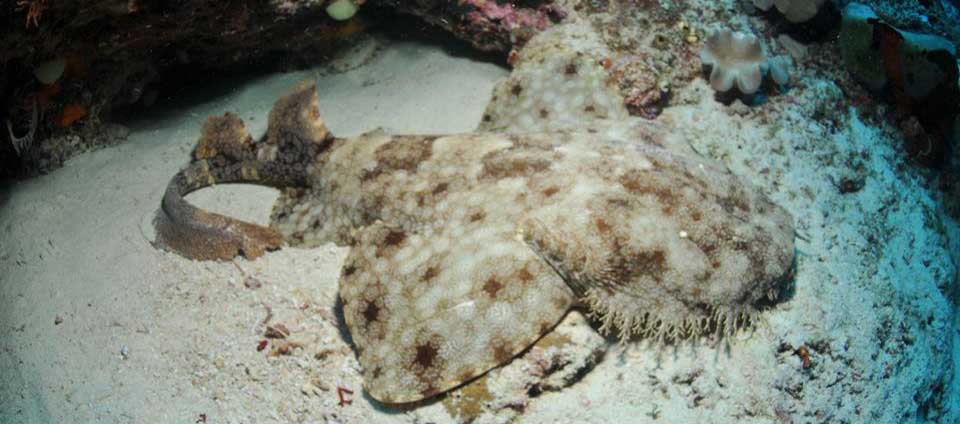
Tasselled Wobbegong Shark
The Tasselled Wobbegong shark, scientific name eucrossorhinus dasypogon, is a very bizarre-looking creature. Because of their appearance, they make for a great photo opportunity. These creatures can be easily spotted in the waters of Raja Ampat while diving so long as you have a pretty good idea of where they can be found. Tasselled Wobbegongs can camouflage well as they have bold markings in a symmetrical pattern which help to make them look like carpet. To add to their camouflage, they also have whisker lobes near their jaw that resemble small weeds. They use these weed-like whiskers to lure and catch fish. Besides Australia, Raja Ampat is one of the very few places where you can find this shark.
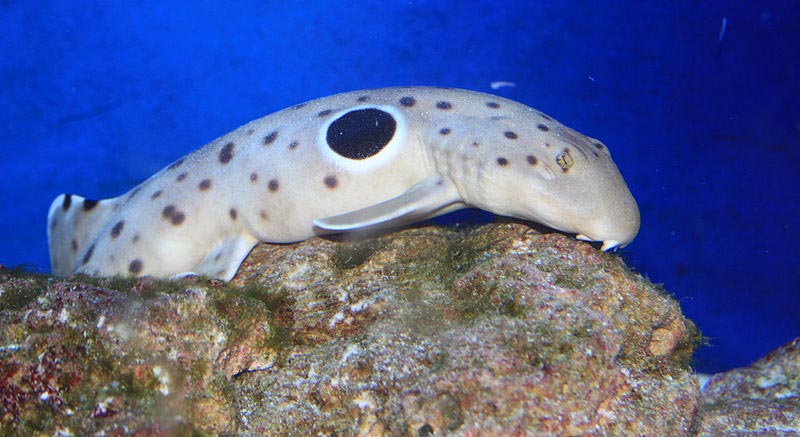
Raja Ampat Epaulette Shark
Also known as the Hemiscyllium Freycineti, this shark is small and harmless. It’s quite unique as it uses its fins to walk on the ocean floor, even when the water is deep enough to allow it to swim freely. Majority of this shark species measure to about 1.25 meters or less. Seeing this creature while diving in Raja Ampat would be quite the treat.
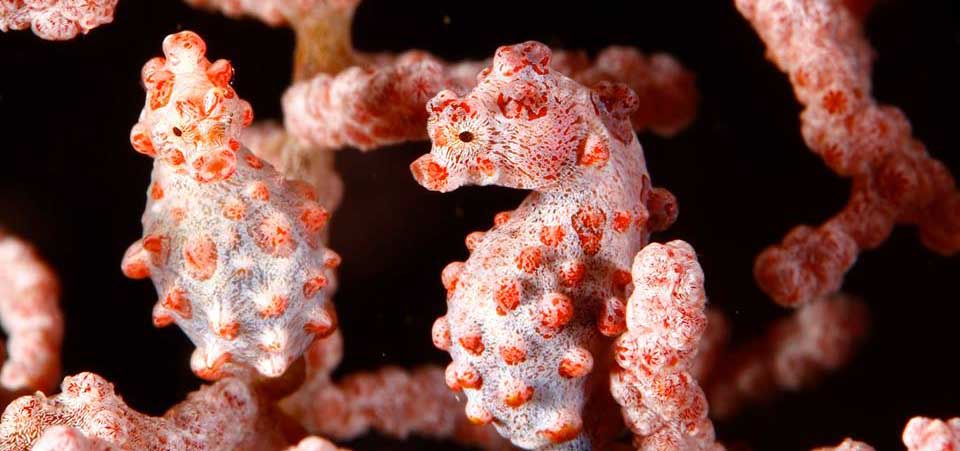
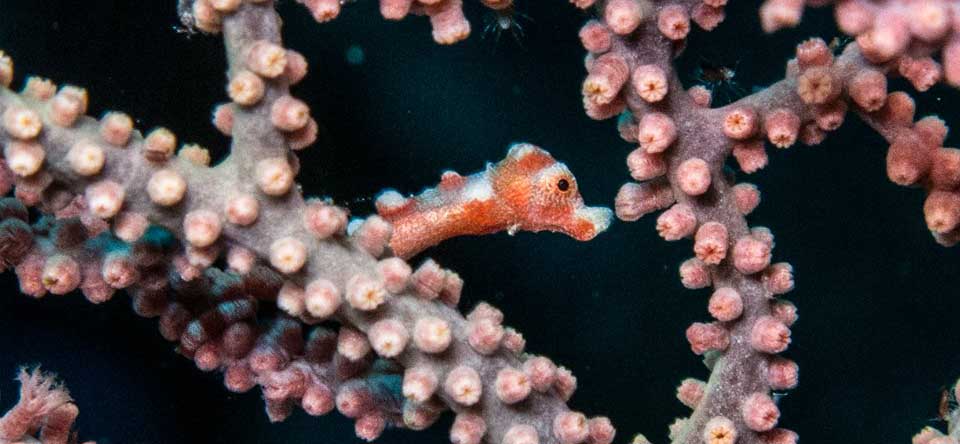
Pygmy Seahorses
These are very common in Raja Ampat. Three of the most common species are:
- Hippocampus bargibanti, also known as Bargibant’s pygmy seahorse
- Hippocampus denise, also known as Denise’s pygmy seahorse
- Hippocampus pontohi, also known as Pontoh’s pygmy seahorse
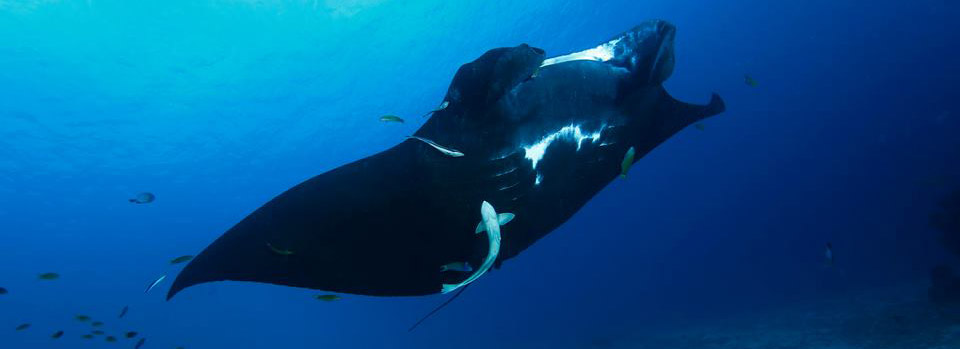
Black Mantas
These mantas are specific to Raja Ampat and are quite remarkable as they are black on both the top and bottom sides. Most other mantas in the world are dark on top and white underneath. They truly are a sight to behold.
When diving in Raja Ampat, one will never be disappointed. With warm waters all year round, there’s really no waiting around for the “best season” to come and visit. So what are you waiting for? Contact us and book your holiday now.
